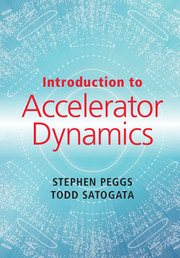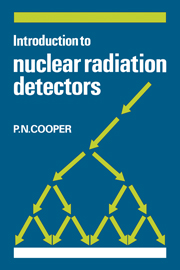Introduction to Accelerator Dynamics
How does a particle accelerator work? The most direct and intuitive answer focuses on the dynamics of single particles as they travel through an accelerator. Particle accelerators are becoming ever more sophisticated and diverse, from the Large Hadron Collider (LHC) at CERN to multi-MW linear accelerators and small medical synchrotrons. This self-contained book presents a pedagogical account of the important field of accelerator physics, which has grown rapidly since its inception in the latter half of the last century. Key topics covered include the physics of particle acceleration, collision and beam dynamics, and the engineering considerations intrinsic to the effective construction and operation of particle accelerators. By drawing direct connections between accelerator technology and the parallel development of computational capability, this book offers an accessible introduction to this exciting field at a level appropriate for advanced undergraduate and graduate students, accelerator scientists, and engineers.
- Focuses on single particle dynamics and accelerator technology, providing direct insight into the physics of particle accelerators and the engineering factors key in their construction and operation
- Supporting website hosts interactive versions of features in the book, providing reader interactivity on multiple platforms
- Includes numerous homework problems to reinforce key physical principles developed within the text
Product details
August 2017Hardback
9781107132849
218 pages
254 × 179 × 14 mm
0.58kg
99 b/w illus. 6 tables 100 exercises
Available
Table of Contents
- Preface
- 1. Introduction
- 2. Linear motion
- 3. Strong focusing transverse optics
- 4. Longitudinal and off-momentum motion
- 5. Action and emittance – one particle or many?
- 6. Magnets
- 7. RF cavities
- 8. Linear errors and their correction
- 9. Sextupoles, chromaticity and the Hénon map
- 10. Octupoles, detuning and slow extraction
- 11. Synchrotron radiation – classical damping
- 12. Synchrotron radiation – quantum excitation
- 13. Linacs – protons and ions
- 14. Linacs – electrons
- 15. The beam-beam interaction and 1-D resonances
- 16. Routes to chaos
- Appendix: selected formulae for accelerator design
- References
- Index.




